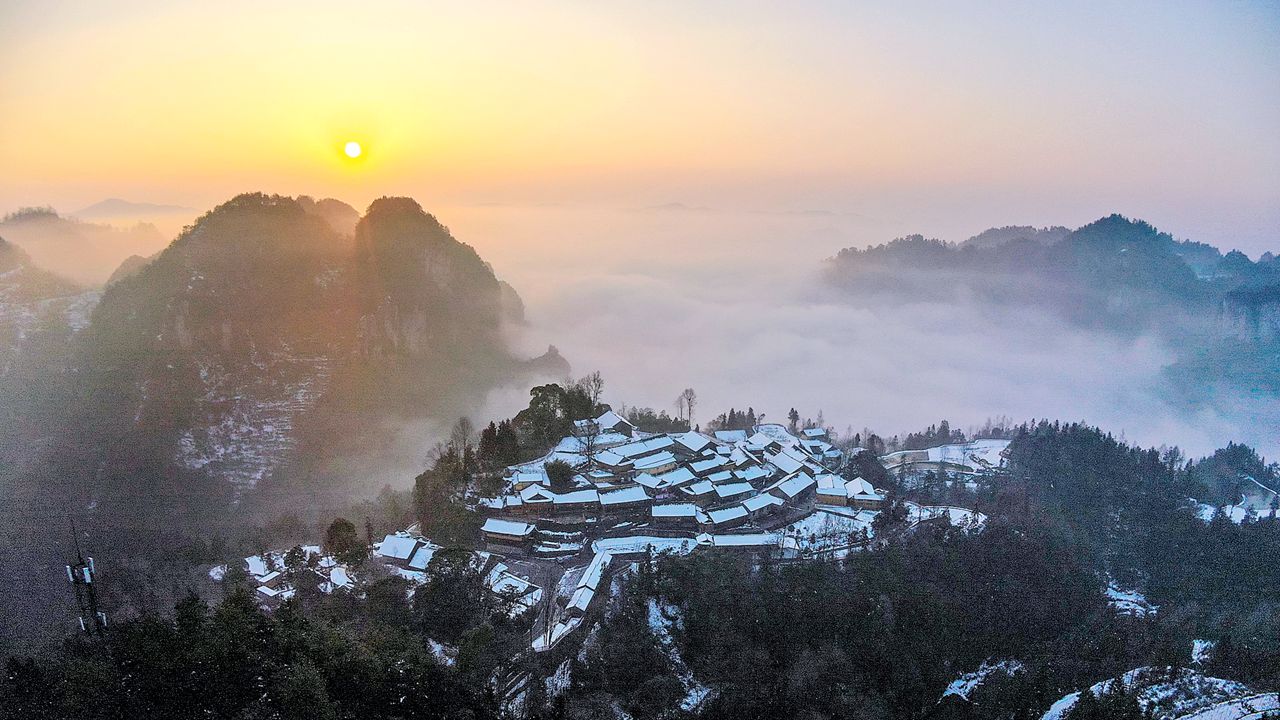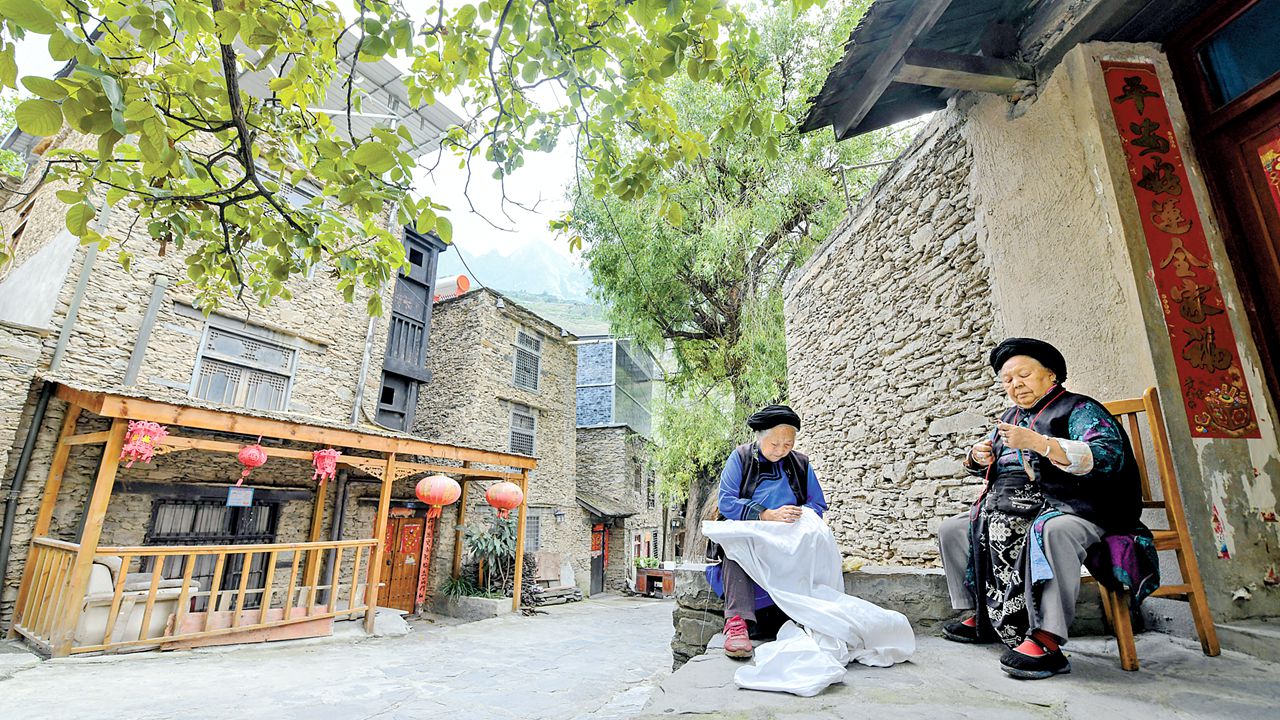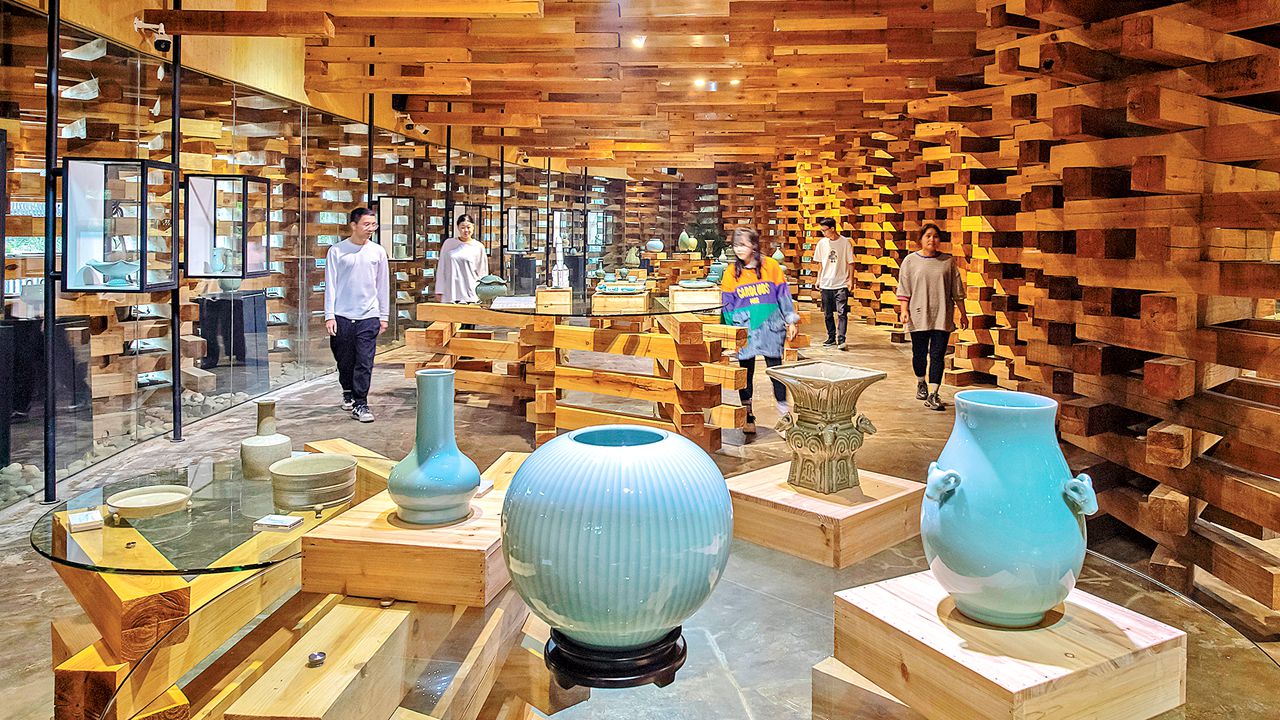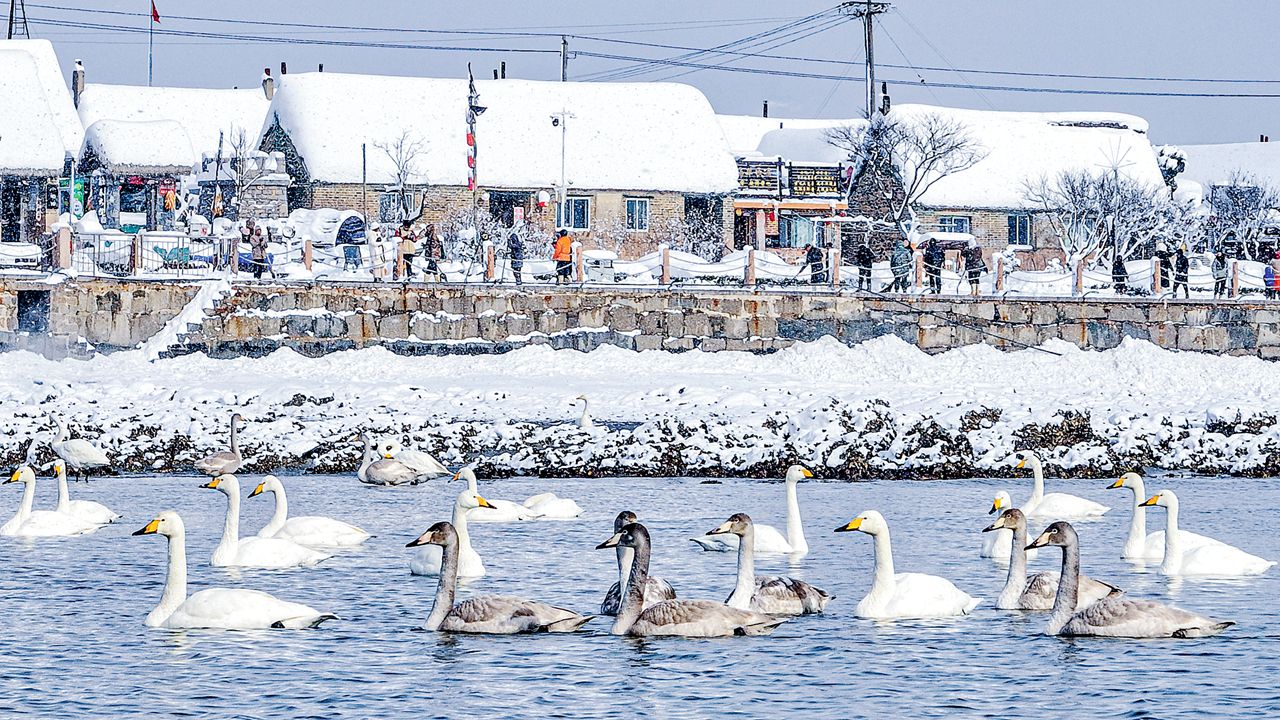7 villages recognized among UN's Best Tourism Villages
Writer: Windy Shao | Editor: Zhang Zhiqing | From: Shenzhen Daily | Updated: 2024-11-25
In a recent announcement by the Ministry of Culture and Tourism, seven Chinese villages have been honored as Best Tourism Villages (BTVs) by the United Nations World Tourism Organization (UN Tourism).
These celebrated villages include Azheke in Yunnan, Guanyang in Fujian, Shibadong in Hunan, Taoping in Sichuan, Xiaogang in Anhui, Xitou in Zhejiang, and Yandunjiao in Shandong. Each village represents a distinctive blend of geography, culture, and development models, showcasing China’s remarkable success in rural tourism development.
Azheke Village, located in Yuanyang County, Honghe Hani and Yi Autonomous Prefecture, Yunnan Province, has spearheaded an innovative approach to tourism development by fostering collective participation and shared prosperity among villagers, utilizing local resources like terraces, houses, and traditional practices. It is nestled in the heart of the Honghe Hani Rice Terraces, a UNESCO World Heritage Site.

An aerial view of the snow-covered Shibadong Village. Photos by Xinhua
Shibadong Village, located in Huayuan County of Xiangxi Tujia and Miao Autonomous Prefecture in Hunan Province, stands out for its pivotal role in China’s poverty alleviation endeavors. The village, renowned as the birthplace of “targeted poverty alleviation,” has successfully integrated culture and tourism to revitalize its once-impoverished community, demonstrating China’s rural revitalization efforts globally.
Situated in Fengyang County, Chuzhou City, Anhui Province, Xiaogang Village, where China’s rural reform commenced over four decades ago, serves as another focal point in the nation’s journey towards rural revitalization. The village showcases the tremendous changes Chinese society has undergone in the past 40 years of reform and opening up.
Guanyang Village, located in Nanjing County, Zhangzhou City, Fujian Province, is often hailed as the “Great Garden” of Tulou, Minnan, and Hakka cultures. For generations, the village has preserved Tulou mountain songs and traditional Hakka crafts. Through the rejuvenation of Tulou buildings’ internal spaces and public areas, the village has seamlessly integrated modern leisure activities and revived traditional arts and crafts associated with Tulou culture.

Villagers do needlework in front of their house in Taoping Village.
Taoping Village, situated in Li County, Aba Tibetan and Qiang Autonomous Prefecture, Sichuan Province, stands as a pivotal area within the national Qiang cultural and ecological protection zone and a key point along the ancient Tea Horse Road. It is famed for distinctive stone watchtowers and traditional residences. The village’s emphasis on special rural tourism serves as a vital platform for fostering interactions, cultural exchanges, and integration among diverse ethnic groups.

Longquan celadon wares are displayed in Xitou Village.
Located in Longquan, Lishui, Zhejiang Province, Xitou Village is renowned as the birthplace of Longquan celadon (a type of greenish or grayish blue ceramic) craftsmanship. Leveraging the rich heritage of celadon culture, Xitou Village has introduced innovative experiences such as traditional craft workshops, educational tours, and homestay programs. These efforts have led to the creation of tourism offerings like ceramic heritage spaces, modern art centers, and characteristic ceramics festivals.

A view of the snow-covered Yandunjiao Village.
Yandunjiao Village, located in Rongcheng County, Weihai City, Shandong Province, is recognized as the largest winter habitat for swans in Asia. Featuring coastal traditional seagrass houses and acknowledged as a prime example of ecological architecture in China, the village preserves traditional cultural activities like the fishermen’s yangko dance. Through fostering a harmonious coexistence between villagers and the marine environment, the village intertwines natural and cultural resources like swans and seagrass houses with rural tourism, narrating a story of sustainable development and harmonious living between humans and nature.
This year’s recognition was revealed during a UN Tourism meeting held in Cartagena, Colombia, on Nov. 15, bringing the total number of Chinese villages with this title to 15, solidifying China’s position as a country with the highest number of villages recognized for their tourism excellence.
Previously, the UN Tourism selected eight Chinese villages for the BTV list:
In 2021, Yucun Village in Zhejiang and Xidi Village in Anhui were chosen.
In 2022, Dazhai Village in Guangxi and Jingzhu Village in Chongqing were honored.
In 2023, Huangling Village in Jiangxi, Xiajiang Village in Zhejiang, Zhagana Village in Gansu, and Zhujiawan Village in Shaanxi joined the prestigious selection.
The BTV initiative was launched in 2021 to advance tourism’s role in rural areas, preserving landscapes, cultural diversity, local values, and culinary traditions.
In this fourth edition, 55 villages received the recognition, chosen from over 260 applications from more than 60 UN Tourism member states.